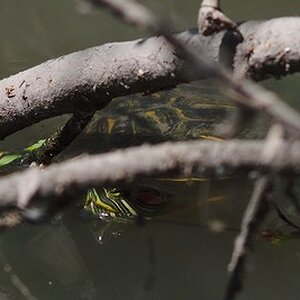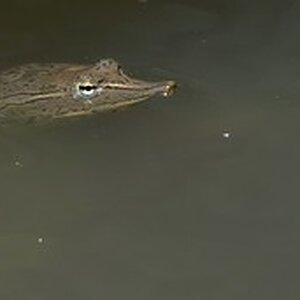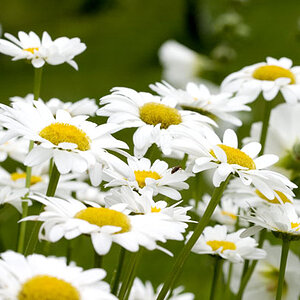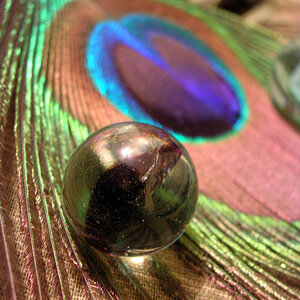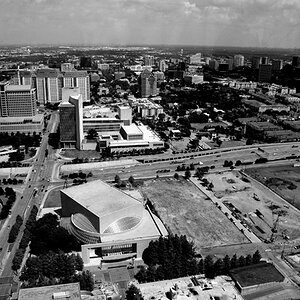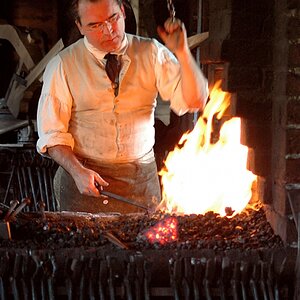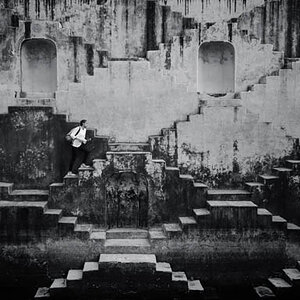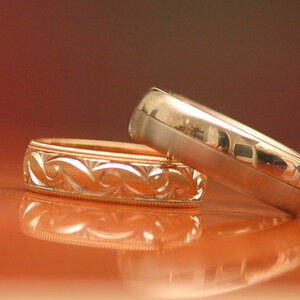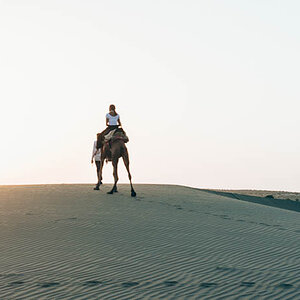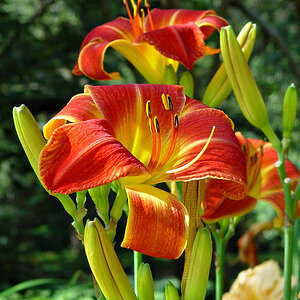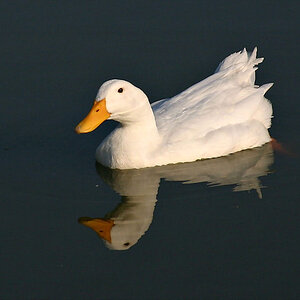In all the books I have read on photography the author uses the smallest apperture (wide open) when measuring light. If that is not the desired aperture you step down aperture and step up shutter speed, and then take the picture. Like this example (in manual mode):
1. Take an exposure reading: f/2.8 | 1/30
2. You were however looking to use f/8 for optimum quality and fitting DoF
3. Step down camera to f/8 (=3 stops). Step up again to 1/4 sec (=3 stops)
But why go through all this math and step up / step down stuff? Why not just take your meter reading at f/8 and get it right then and there? I understand if it means shutter speed will be "bulb", but otherwise I don't get it.
What makes it better to take reading at wide open?
1. Take an exposure reading: f/2.8 | 1/30
2. You were however looking to use f/8 for optimum quality and fitting DoF
3. Step down camera to f/8 (=3 stops). Step up again to 1/4 sec (=3 stops)
But why go through all this math and step up / step down stuff? Why not just take your meter reading at f/8 and get it right then and there? I understand if it means shutter speed will be "bulb", but otherwise I don't get it.
What makes it better to take reading at wide open?


